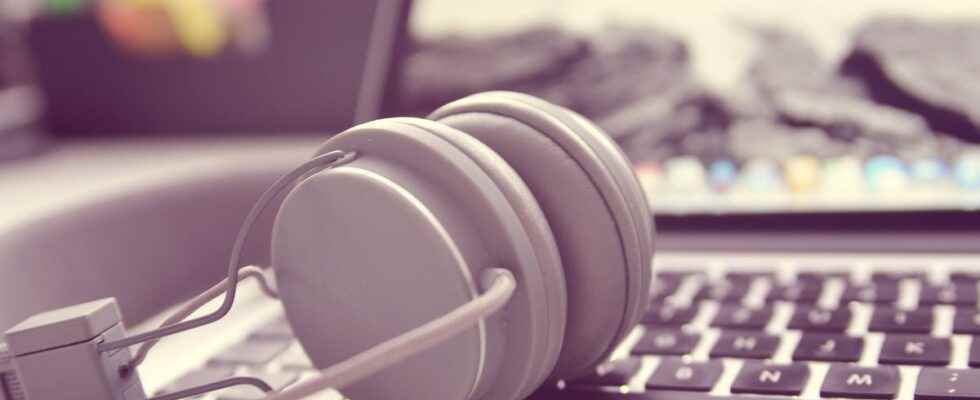Do you want to implement your audio projects in Audacity like professionals? You can read here on GIGA how you can use the audio project FFmpeg in Audacity.
Version:3.1.3
Languages:German
License:freeware
Platforms:Windows XP, Windows Vista, Windows 7, Windows 8, Windows, Windows 10
Audacity is an open source tool that lets you record, edit, and export audio files. FFmpeg is also an audio project under a free license – together both result in a strong symbiosis that also meets the demands of audio professionals. In this article, we will show you how to use both of them together.
Would you like to get started with your own music? We have a few role models for you:
FFmpeg can do that
FFmpeg is a collection of various audio-related software. It contains a command line program for recording audio and video and for converting files into different formats – this is the actual ffmpeg, which then has the following functions added:
- an audio server for audio and video transmissions on the Internet (ffserver)
- a library, i.e. a collection of small program components with which you can convert files into other audio and video formats (libavcodec)
- a program that allows you to change container formats, for example from AVI to MPEG (libavformat)
This is what FFmpeg brings to audio production
You can’t use Audacity as a streaming server, but the program uses it libavcodec and libavformat from the FFmpeg project to save and convert raw audio material. Also the standalone command line program ffmpeg is handy when her want to recalculate files in the background, without opening Audacity, which can also be resource-hungry with larger files. Because if your PC is a bit older, it can put quite a strain on it. You can make older PCs more powerful again with a few tricks.
FFmpeg is therefore a useful addition to your toolbox if you work with audio and video on the computer.
Do you produce music, podcasts or radio plays yourself? Then you will find the right headphones here:
This is how you integrate FFmpeg into Audacity
The following instructions apply to Microsoft Windows and MacOS. If you’re using a Linux distribution, only the last point is relevant. Are you unsure which operating system you have? We’ll show you how to find out.
- First you need to download FFmpeg. Audacity itself recommends using this link in its official guide. To do this, left-click on the file you want to download and select Save as. Alternatively, you can download the file in Audacity itself, more on that below.
- Then you install the program. To do this, you must agree to the license agreement. The installer (under Microsoft Windows) moves all files into the directory C:Program FilesFFmpeg for Audacity or (under MacOS) after /Library/Application Support/audacity/libs/.
- If you just opened Audacity, restart the program.
- Then you show Audacity where it finds the FFmpeg files. To do this, you choose in the settings the point libraries out and choose Seek. Change to the directory specified above and select the file avformat.55.dll out. Click Openconfirmed with OK and closes the settings again.
- If you still get the message that the FFmpeg library is missing, click in settings -> libraries on Download.
- If you do audio production on Linux, you already know that it’s a bit cumbersome. Unfortunately, this also applies to Audacity. If you don’t have success with the option to directly download FFmpeg in Audacity following these instructions, please refer to this Audacity help page or consult the help of your respective Linux distribution.
Is music your great passion? Then take part in our survey:
Don’t want to miss any more news about technology, games and pop culture? No current tests and guides? Then follow us on Facebook or Twitter.
